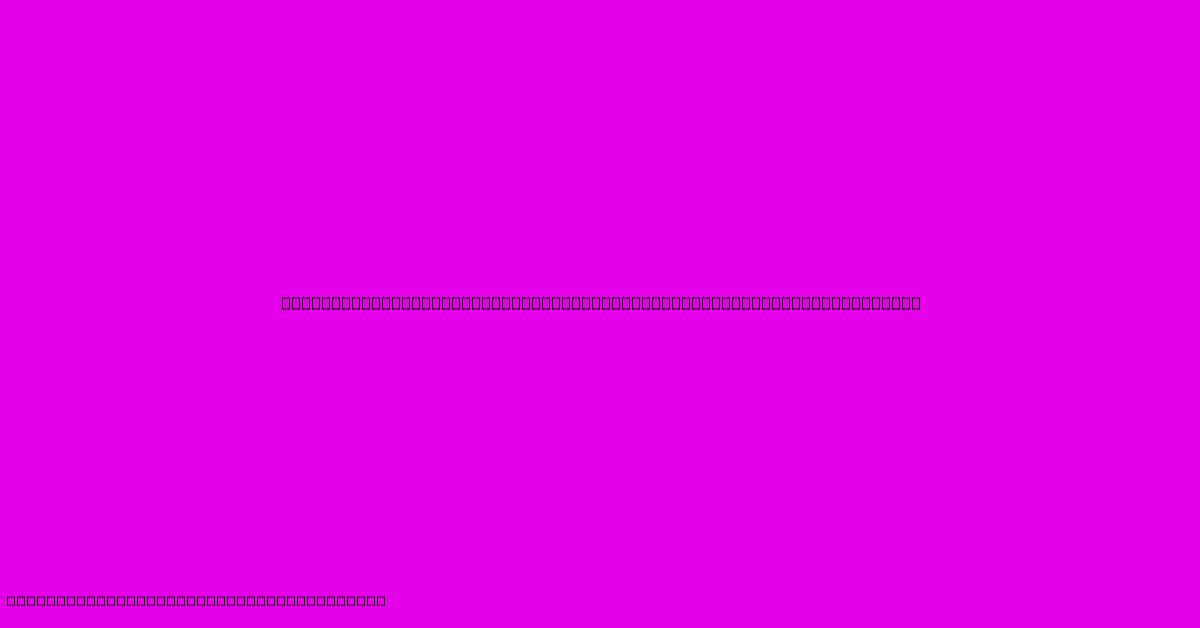The Artist's Guide To Exquisite Art Books: Saddle Stitch Edition

Table of Contents
The Artist's Guide to Exquisite Art Books: Saddle Stitch Edition
Creating a stunning art book is a dream for many artists. It's a tangible representation of your hard work, a portfolio piece, and a beautiful way to share your vision with the world. But choosing the right binding method is crucial to achieving that exquisite, professional look and feel. This guide focuses on the saddle stitch binding, a classic choice for art books that offers both elegance and practicality.
Understanding Saddle Stitch Binding: A Simple Yet Elegant Choice
Saddle stitch binding, also known as saddle stitching, is a simple yet effective binding method ideal for smaller projects, brochures, and booklets. It involves folding sheets of paper in half and securing them through the fold line with wire staples. This creates a booklet that lies relatively flat, making it easy to display artwork.
Why Choose Saddle Stitch for Your Art Book?
- Cost-Effective: Saddle stitch binding is generally one of the most affordable binding options, making it perfect for artists on a budget.
- Clean and Minimalist Aesthetic: The simple, unfussy nature of the binding allows your artwork to take center stage, avoiding any distracting elements.
- Easy to Create: Many print shops offer saddle stitch binding as a standard option, simplifying the production process.
- Flat Opening: The pages lie relatively flat, allowing for easy viewing and appreciation of double-page spreads, crucial for showcasing larger artwork or panoramic pieces.
- Perfect for Smaller Projects: While it's not suitable for very thick books, saddle stitch is ideal for portfolios, smaller art collections, or sketchbooks.
Designing Your Art Book for Saddle Stitch Binding
To ensure a professional-looking and functional art book, careful planning is essential. Here's what to consider when designing for saddle stitch:
Page Count: The Importance of Multiples
The page count of your art book must be a multiple of four. This is because the sheets are folded in half, resulting in sets of four pages (a signature). Failing to adhere to this requirement will lead to complications during production.
Bleed and Margins: Protecting Your Artwork
Bleed refers to extending your artwork beyond the trim line of the page. This ensures that no white space appears after trimming. Maintain consistent margins to prevent important details from being lost in the binding.
Paper Stock: Choosing the Right Weight and Texture
The paper stock significantly impacts the final look and feel of your art book. Consider the weight and texture that best complements your artwork. Heavier paper stocks offer a more luxurious feel, while lighter stocks are more suitable for larger page counts. Explore options like textured papers to enhance the tactile experience.
Image Resolution: Ensuring Crisp and Clear Prints
High-resolution images are crucial for a professional result. Low-resolution images will appear pixelated and detract from the overall quality of your art book.
Beyond the Basics: Enhancing Your Saddle Stitch Art Book
While simplicity is key, there are ways to elevate your saddle stitch art book beyond the basics:
- Cover Design: Invest time in designing a striking cover that reflects the style and theme of your artwork.
- Paper Choices: Experiment with different paper types—consider a unique cover stock to contrast with the interior pages.
- Special Finishes: Explore options like embossing or spot UV coating to add a touch of luxury to the cover.
- Perfect Binding Comparison: While saddle stitch is excellent for its ease and cost-effectiveness, consider researching perfect binding as an alternative for thicker books.
Conclusion: Unleash Your Creative Potential
Saddle stitch binding offers a fantastic opportunity for artists to create beautiful and accessible art books. By carefully considering the design aspects and choosing high-quality materials, you can create a truly exquisite piece that showcases your artwork in the best possible light. Embrace the simplicity and elegance of saddle stitch, and let your art shine!

Thank you for visiting our website wich cover about The Artist's Guide To Exquisite Art Books: Saddle Stitch Edition. We hope the information provided has been useful to you. Feel free to contact us if you have any questions or need further assistance. See you next time and dont miss to bookmark.
Featured Posts
-
Beastly Design Analyzing The Impact Of Mr Beasts Logo
Feb 04, 2025
-
The Secret To Stunning Art Books Saddle Stitch Booklet Printing Mastery
Feb 04, 2025
-
Classement 5 Plus Grandes Tournees
Feb 04, 2025
-
Step Into The Spotlight Optimize Your Canons Picture Style For Model Perfection
Feb 04, 2025
-
Day Without Immigrants Business Closures
Feb 04, 2025
